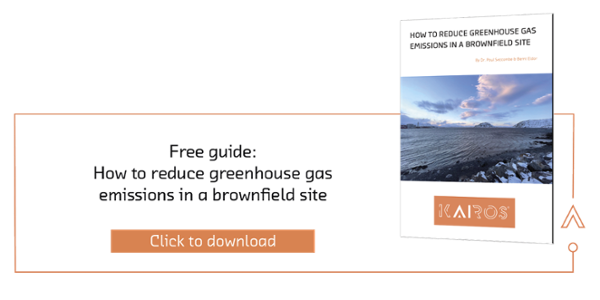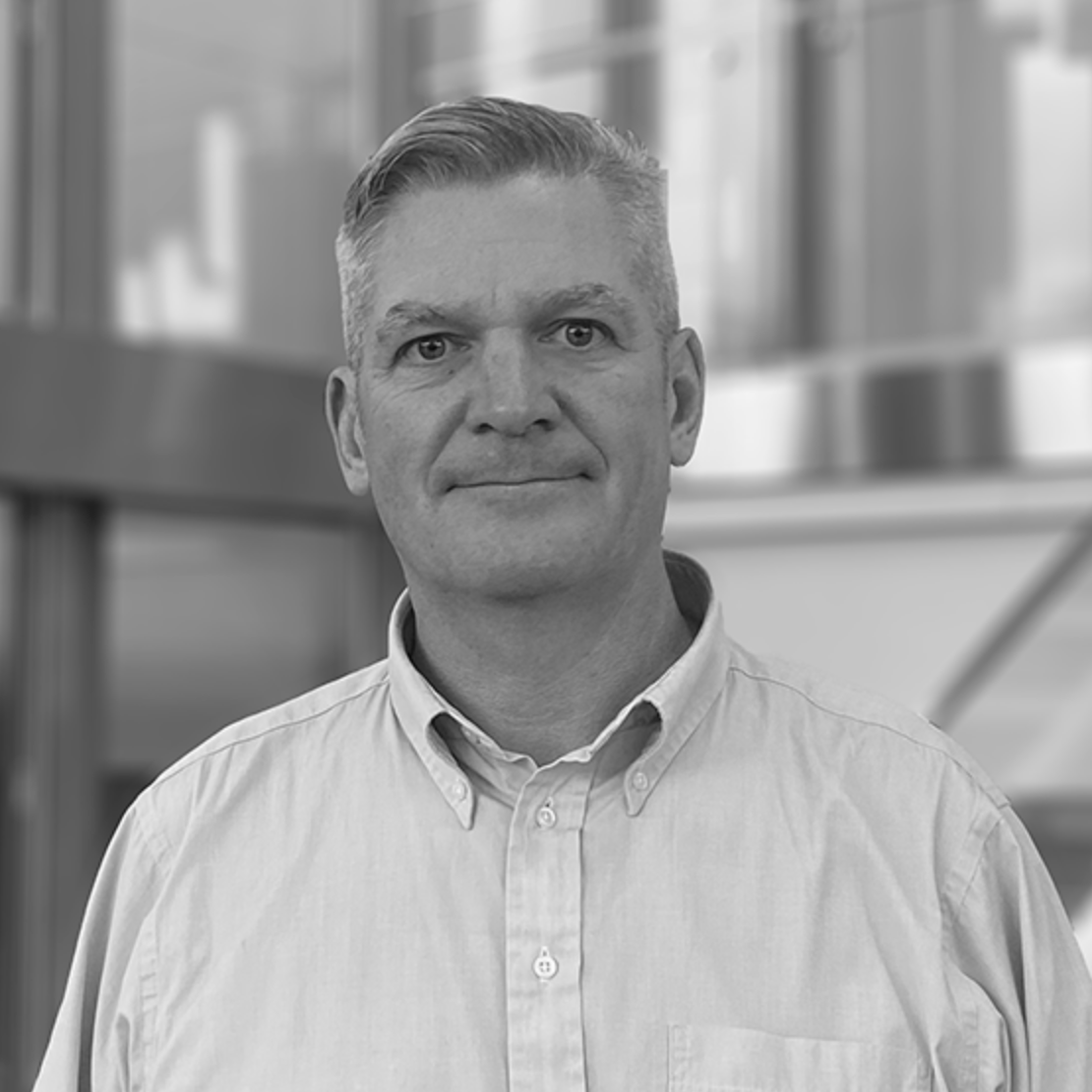New tools and solutions can help you get a better overview of your current emissions situation, which in turn, are required to be able to act on them. Most assets have KPIs for emissions, but what do we do about them? We need to not only be able to measure, but also impact the targets.
Using new solutions could be the correct way to go. Implementing incremental solutions and quick fixes are easier than taking on large-scale improvement projects. Everyone needs to start somewhere, and small improvements can provide motivation to improve even further. If the investments are also small, then the risks involved are also reduced.
When should we implement these solutions?
Governmental guidelines provide horizons for emissions reductions, for example in UK OGA, targets are 2025 and 2050 – so the when part is now. Recently, during COP26, the agreement was that there should be a target maximum increase of Global Climate Change limited to 1.5°C.
So, there is no time like the present to begin to make such operational changes. On brownfield installations, the technical authorities (TAs) for emissions are focusing on such changes, to improve the efficacy of operation as soon as possible. Indeed, many operators have had such a viewpoint for 15+ years or more!
What do we mean by cost efficient investments?
This cost-efficient approach can certainly mean that the monetary investments are small, but could also aim at the time it takes to implement a new solution. We rarely only have the cost of a new solution but also must make sure it’s implemented across the asset and make time for the operations team to learn how to use the tools. Usually, the operations team does not have that much time on their hands to be able to learn these new things and see if new solutions are suitable, so efficacy in introduction is key.
These investments will also have to be balanced with regards to emissions. If it is a very small startup and implementation cost, and the impact on emissions from the asset is great, then the value of implementing this new solution is huge.
How can you implement new solutions for emissions, effectively?
From our research the guidelines on the internet are few and far between on the how to-part…. Different companies will provide some advice, but these articles really focus on their own solutions and services, rather than providing sound advice on specifically what to do.
To recap, the definitions of emissions are all greenhouse gas emissions that occur before the raw material reaches a refinery or processing plant. And these emissions are broken out into three groups, namely:
- Scope 1 – Direct
- Scope 2 – Indirect
- Scope 3 – Consumption
For cost effective solutions we are only discussing scope 1, meaning direct emission. As the market reports, we see the following approaches as a clear path to emissions reduction, by taking such steps as:
- Optimizing operations (reduce process upsets for example)
- Optimizing energy use (for production)
- Minimizing POB (Personnel on Board - through better, more advanced monitoring and maintenance efforts, which means HVAC and lighting can be reduced, utilization of UAVs (drones), etc.)
These three options are relatively straight-forward and clear, but of course the how to specifically still needs addressing.
Optimizing operations
A well-tuned control system should handle the majority of process upsets, but always having the best control room operations team available is not an option. Therefore, having an additional source of advice (i.e., the central HQ team or a team of technical authorities) is also very useful and today, the daily production meeting is where these discussions take place and daily targets are agreed and set. Also, avoiding things like process trips (which result in flaring) is possible via a good control system/team, so implementation of additional monitoring and measurement is also key here.
Several software companies have, over the years, suggested advanced process control (APC) (widely used in the downstream market with varied success) in the upstream industry. But to date APC has been used sparsely across upstream/offshore.
Finally, emissions can come from situations of Loss of Primary Containment (LOPC), which again reverts to good field and control room operations who rigorously follow the standard operating procedures (SOPs).
Optimizing energy use
Many new or recently built upstream assets have been constructed with future-proof designs such as electrification from shore or from renewable assets locally, offshore. But there is further scope for energy optimization through simple operational improvements such as operating pumps at their BEP (best efficiency point) wherever possible, shutting down TrainB (if Train A&B are running at low throughput etc.). Finally, many brownfield sites are looking at retrofitting some form of carbon capture unit on the exhausts of their waste heat recovery units (WHRUs) for example.
Minimize POB
Thirdly, by improving the process through enhanced monitoring and maintenance, perhaps with predictive maintenance practices or extending turnaround times. This means less people on board (potentially moving to becoming unmanned in the future), less need for HVAC and lighting systems, with less need for food, fewer helicopters, and similar.
We hope that the above gives you some ideas to get at the low hanging fruit and make a great start to measuring reporting and reducing emissions – today!







